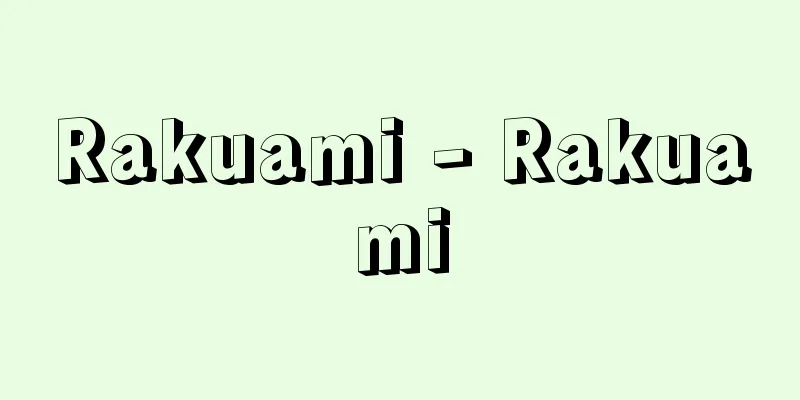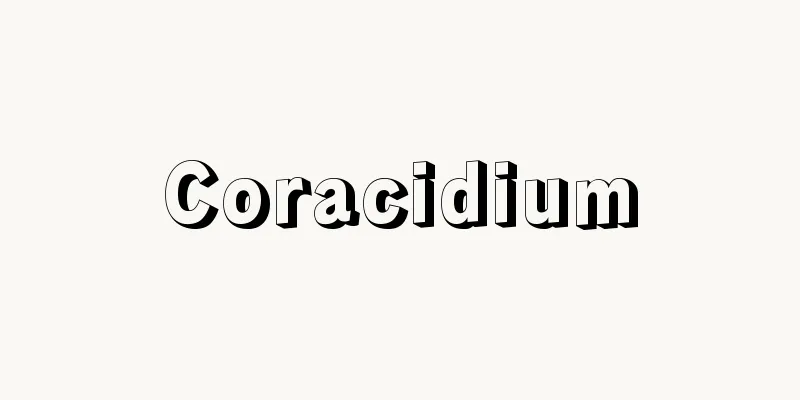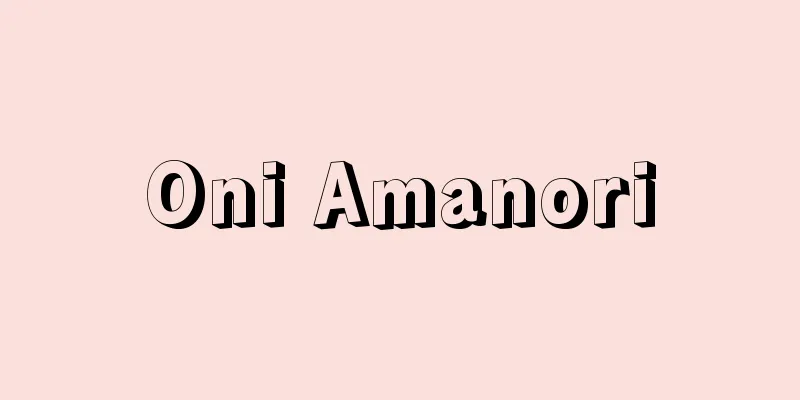Ukrainian - Ukrainian (English spelling)

|
The main inhabitants of Ukraine. They call themselves Ukrajintsy in the plural. The population of Ukraine is about 38 million, which is more than 70% of the country's population. In the former Soviet republics, about 380,000 live in neighboring Moldova, about 190,000 in Russia, about 340,000 in Kazakhstan, about 130,000 in Belarus, and about 80,000 in Uzbekistan. The religion of the people was Greek Orthodox in the past, but in the western part of the country under Polish rule in the 16th and 17th centuries, Uniatism (a sect combining Greek Orthodoxy and Catholicism) was adopted. The language belongs to the East Slavic group of the Slavic language family. They separated from their Eastern Slav ancestors as an independent people and developed around the 14th and 15th centuries, and developed their own language, culture, and customs, mainly in the Kiev, Poltava, and South Chernigov regions of the Dnieper River basin, where they currently live. They have predominantly Armenoid characteristics, with darker eyes and hair, shorter heads, and taller stature than other Eastern Slavs. Historically, the country has been invaded by other ethnic groups and divided, and traces of this can be seen in various places. Based on geographical characteristics, Ukraine is divided into three parts: the southeast, north, and southwest. In the north (Polesie region), the Litvins and Polesiuks, and in the southwest, mountain tribes such as the Guts, Boikis, and Lemkis form their own groups. There are also cultural elements common to the whole, but the traditions of the gorgeous and colorful ethnic costumes and song and dance are well preserved today. Source: Encyclopaedia Britannica Concise Encyclopedia About Encyclopaedia Britannica Concise Encyclopedia Information |
|
ウクライナの基幹住民。自称は複数形でウクラインツィ Ukrajintsy。ウクライナにおける人口は約 3800万で,同国人口の 70%以上を占める。旧ソ連諸国では,隣接するモルドバに約 38万人,ロシアに約 19万人が住むほか,カザフスタンに約 34万人,ベラルーシに約 13万人,ウズベキスタンにも約8万人が居住する。かつて宗教は大部分がギリシア正教であったが,16~17世紀にポーランドの支配下にあった西部ではウニアト教 (ギリシア正教とカトリック教との合同派) が取入れられた。言語はスラブ語派の東スラブ語群に属する。東スラブ人の祖先から独立の民族として分離し,発展するようになったのは 14~15世紀頃で,今日の居住地であるドニエプル川流域のキエフ,ポルタバ,南チェルニゴフ地方を中心に言語,文化,習俗のうえで独自のものが芽生えた。形質的にはアルメノイド的特徴が優越しており,他の東スラブ人より目,毛髪は暗色で,短頭,長身である。歴史的に異民族の侵攻,国土分割が繰返され,処々にその痕跡が認められる。地域性からウクライナは南東部,北部,南西部に3分され,北部 (ポレシエ地方) にはリトビン族,ポレシウク族,南西部にはグツル,ボイキ,レムキなどの山岳民族が独自の集団をなしている。全体に共通する文化要素も顕著であるが,なかでも華麗多彩な民族衣装や歌舞などの伝統は今日もよく保持されている。
出典 ブリタニカ国際大百科事典 小項目事典ブリタニカ国際大百科事典 小項目事典について 情報 |
<<: Ukrainian Cossacks - Ukrainian Cossacks
>>: Communist Party of Ukraine (English spelling) Komunistychna Patiya Ukrainy
Recommend
Refund - Kanpukin
The term "tax return" refers to the amou...
Honai [town] - Honai
An old town in Nishiuwa District, occupying the ba...
Service mark (English)
A service mark is a mark used by a person who prov...
Pacific Ocean
A new religion that arose in China at the end of ...
Pecopteris (English spelling)
A genus of fossil plants. The genus includes cycad...
Beautiful Village - Utsukushiimura
A novel by Hori Tatsuo. It was published in 1934 a...
Xiang - xiang (English)
The name of the divisions inside and outside of ci...
Princess Teshiraka - Princess Teshiraka
Year of birth: Unknown Empress of Emperor Keitai i...
Kakudayu Bushi - Kakudayu Bushi
〘Noun〙 During the Edo period, around the time of t...
HSA
…There are two main types of SA: hard systems met...
Praesepe star cluster
An open star cluster in the constellation Cancer. ...
Masaka Okudaira - Masaka Okudaira
Year of death: July 24, 1780 (August 24, 1780) Yea...
Shiroishi [town] - Shiroishi
A town in Kishima County in southern Saga Prefectu...
Food combination - food combination
It is a poisoning thought to occur when two or mor...
primary succession
…This is called the climax. The process in which ...









